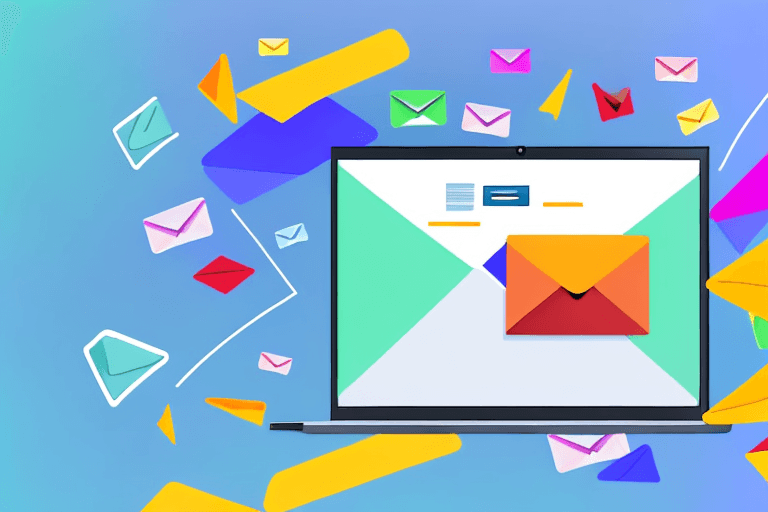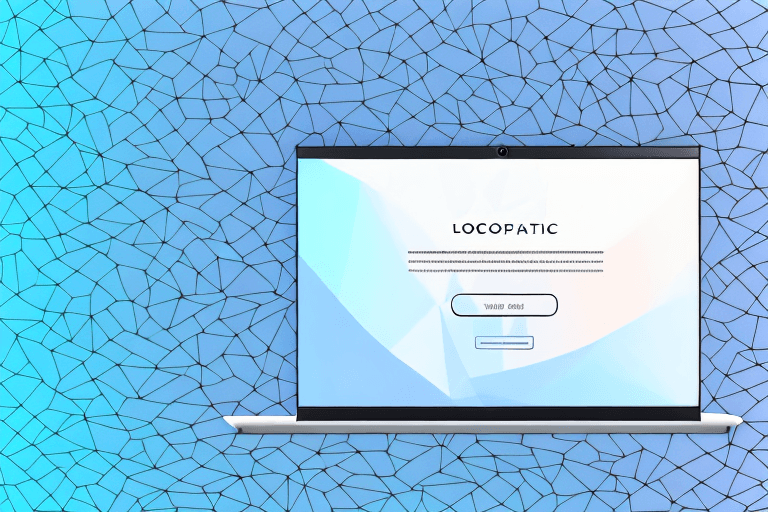In today's fast-paced digital age, email continues to be an essential tool for businesses to communicate with their customers and stakeholders. With the high volume of emails we receive daily, it's essential to craft an announcement email that stands out and captures the reader's attention. In this article, we'll be discussing how to create an effective announcement email template that allows you to communicate your message effectively and efficiently.
Understanding the Purpose of an Announcement Email
Before we dive into the recipe for crafting the perfect announcement email, let's first understand the purpose of an announcement email. Depending on your business or organization, an announcement email can be for a variety of reasons, such as promoting a new product, launching a new feature, sharing exciting news, or even announcing a change in leadership.
An announcement email is a powerful tool that can help you build stronger relationships with your customers, employees, or stakeholders. It is an excellent way to keep them informed about your company's latest developments and to create a sense of excitement and anticipation.
Types of Announcement Emails
There are different types of announcement emails that you can send depending on your goal. These include:
- Product Launch Emails: These emails are sent to announce the launch of a new product or service. They are designed to generate interest and excitement among your target audience and encourage them to make a purchase.
- Event Announcement Emails: These emails are sent to promote an upcoming event, such as a webinar, conference, or trade show. They are designed to encourage people to register and attend the event.
- Promotions and Sale Announcement Emails: These emails are sent to announce a special promotion or sale. They are designed to create a sense of urgency and encourage people to take advantage of the offer.
- Company News Announcement Emails: These emails are sent to share important news about your company, such as a new partnership, an award, or a change in leadership. They are designed to keep your stakeholders informed and engaged.
Key Elements of an Effective Announcement Email
Here are some key elements to make your announcement email stand out:
- A Compelling Subject Line: Your subject line should be attention-grabbing and relevant to your audience. It should give them a reason to open your email.
- An Engaging Email Layout: Your email should be visually appealing and easy to read. Use images, colors, and formatting to make it more engaging.
- Clear and Concise Content: Your content should be clear, concise, and focused on the main message. Avoid using jargon or technical terms that your audience may not understand.
- A Strong Call-to-Action (CTA): Your CTA should be clear and compelling. It should encourage your audience to take the desired action, such as making a purchase, registering for an event, or visiting your website.
By following these key elements, you can create an effective announcement email that will capture the attention of your audience and drive engagement.
Crafting a Compelling Subject Line
The subject line is the first interaction your readers have with your email, and it needs to grab their attention quickly. A strong subject line is essential as it can determine whether your email gets opened or not.
Think about it - how many emails do you receive every day? How many of those do you actually open? The subject line is the key factor that determines whether your email gets read or deleted. So, it's important to put some thought into crafting a compelling subject line that will make your email stand out from the rest.
Importance of a Strong Subject Line
A strong subject line communicates the purpose of the email and creates a sense of urgency, excitement, or curiosity in the reader. An effective subject line also sets your email apart from the rest in the recipient's inbox.
When you're writing a subject line, think about what you want to achieve with your email. Do you want the recipient to take a specific action? Do you want to share some exciting news or a special offer? Your subject line should reflect the purpose of your email and create a sense of anticipation in the reader.
Remember, your subject line is like a headline - it needs to grab the reader's attention and make them want to read more. So, don't be afraid to get creative and experiment with different approaches.
Tips for Writing an Attention-Grabbing Subject Line
Here are some tips for writing attention-grabbing subject lines:
- Keep it short and concise - aim for 50 characters or less
- Use action-oriented language - verbs like "discover," "learn," and "get" can be very effective
- Create a sense of urgency or scarcity - phrases like "limited time offer" or "only a few spots left" can create a sense of urgency
- Personalize the subject line - use the recipient's name or reference something specific to them to make the email feel more personal
Remember, the subject line is just the first step in getting your email opened and read. Once you've grabbed the reader's attention, you need to deliver on the promise of your subject line with valuable and engaging content. So, take the time to craft a subject line that will make your email stand out, but don't forget about the content that follows.
Designing an Engaging Email Layout
The email layout is crucial as it determines how your message is conveyed to the reader. A well-designed email layout ensures your message is easy to read, scannable, and visually appealing.
In today's digital age, email is one of the most effective ways to communicate with your audience. However, with so many emails flooding people's inboxes, it's important to make sure your email stands out from the rest. A well-designed email layout can help you achieve this.
Choosing the Right Email Template
When choosing an email template, consider your brand's style and tone, and pick a template that is consistent with your brand's visual identity. A consistent visual identity helps your audience recognize your brand and builds trust and credibility.
There are many email templates available online, and most email marketing platforms offer a variety of templates to choose from. You can also create your own custom template if you have the design skills or hire a professional designer to create one for you.
Utilizing Visual Elements
Visual elements such as images, videos, and gifs can make your email more engaging and visually appealing. However, use visuals sparingly and only when relevant to the email's purpose. Too many visuals can overwhelm the reader and distract from the message you are trying to convey.
When using images, make sure they are high-quality and relevant to the content of your email. Use alt text to describe the image for readers who may have images turned off in their email settings.
Videos and gifs can also be effective in email marketing, but make sure they are short and to the point. Large files can slow down the loading time of your email, so optimize them for web use.
Balancing Text and Imagery
A balance between text and imagery is necessary to make your email easy to read and scan. Use white space to break up the text and separate sections, making your email easier to read. Use headings and subheadings to organize the content and make it easy to skim.
Keep your paragraphs short and concise, and use bullet points and numbered lists to make important information stand out. Use a font size and style that is easy to read, and avoid using too many different fonts in one email.
Finally, make sure your call-to-action (CTA) is clear and prominent. Your CTA should be the main focus of your email and should be easy to find. Use contrasting colors to make your CTA stand out and make sure it's easy to click on.
Writing Clear and Concise Content
The content of your email needs to be clear and concise for the reader to understand your message effectively.
Structuring Your Email Content
When structuring your email content, ensure it has a clear introduction, body, and conclusion. Use headings, paragraphs, and bullet points to make your content easily scannable and digestible.
Using an Appropriate Tone and Voice
The tone and voice of your email should align with your brand's identity and the email's purpose. Avoid using technical jargon and keep your tone friendly, conversational, and professional.
Ensuring Readability and Clarity
Ensure that the font size, spacing, and formatting make your email easily readable. Be clear and concise in your communication and avoid using complex sentences.
Including a Strong Call-to-Action (CTA)
A Call-to-Action (CTA) is the action you want the reader to take after reading your email. A strong CTA is essential as it motivates the reader to take action.
The Role of CTAs in Announcement Emails
CTAs should be clear and relevant to the email's purpose. They should be strategically placed in your email, visible, and easy to access.
Tips for Creating an Effective CTA
Here are some tips for creating an effective CTA:
- Use action-oriented language
- Create a sense of urgency
- Make the CTA visible
- Keep it short and clear
Conclusion
An announcement email is an essential communication tool that can help you achieve your business's goals. To craft an effective announcement email, ensure that it has a compelling subject line, an engaging email layout, clear and concise content, and a strong CTA. By following these guidelines, your announcement email is sure to stand out in the inbox and achieve its desired outcome.




